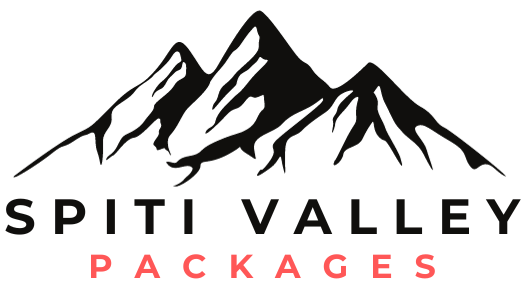If you love challenging road trips, stunning landscapes, and offbeat adventures, the Spiti Circuit is for you.
This journey takes you through one of India’s most rugged and surreal regions. Here, mountains have stories to tell, and the roads demand resilience.
Spiti is home to high-altitude villages, ancient monasteries, towering cliffs, and untouched beauty. The circuit includes breathtaking spots like Kinnaur, Tabo, Kaza, and Chandratal.
Whether you’re driving, riding a bike, or backpacking, this comprehensive guide will help you plan your perfect Spiti road trip.
Spiti Circuit Route Overview
The Spiti Circuit offers two main routes, each with its own challenges and advantages. The choice depends on your experience, time, and how well your body can handle high altitudes.
There are two routes for Spiti Circuit –
- Shimla – Kinnaur – Spiti – Manali (Recommended for Acclimatization)
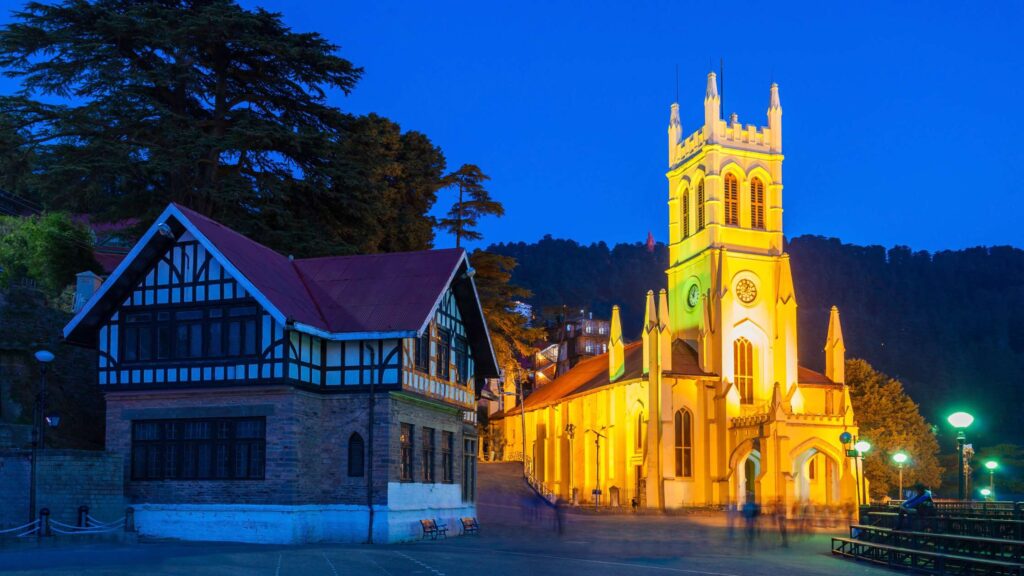
This is the longer but safer route which has a gradually increasing altitude to help prevent AMS (Acute Mountain Sickness). You pass through lush green valleys of Kinnaur, then slowly transition into Spiti’s barren landscapes.
It’s best if you want a smooth experience and enjoy sightseeing along the way. Road conditions are better, but landslides are common in the Kinnaur region.
- Manali – Spiti – Kinnaur – Shimla (Shorter but Tougher)
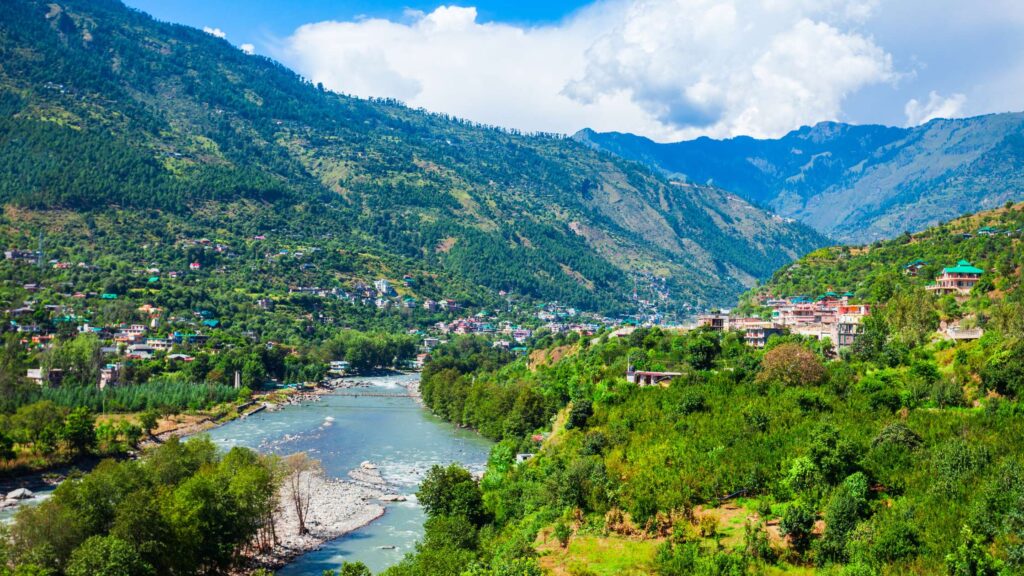
This route is faster but more challenging, taking you directly from Manali to Spiti via the Kunzum Pass (4,551m). However, there’s a high risk of altitude sickness since you gain elevation too quickly.
It’s Ideal for experienced travelers, bikers, or those short on time. Also, the roads are extremely rough, especially between Manali and Kaza, with river crossings and no proper infrastructure.
Total Distance, Road Conditions & Difficulty Level
The total distance of the Spiti Circuit ranges between 650-750 km, depending on the stopovers you choose.
The journey takes you through varying landscapes, from lush green valleys to barren and high-altitude deserts. Road conditions are a mix of smooth highways.
While the roads from Shimla to Kinnaur are relatively well-maintained, the stretch between Manali and Kaza is particularly rough. It’s got river crossings and unpaved sections that require careful driving.
The Shimla-Kinnaur-Spiti-Manali route is easier due to gradual altitude gain. Whereas, the Manali-Spiti route is more challenging because of steep climbs and unpredictable weather conditions.
Mode of Transport: How to Travel the Spiti Circuit?
If you love the thrill of self-driving, a 4×4 vehicle or an SUV is highly recommended to navigate the rugged terrain safely. Having a sturdy vehicle is especially important on the Manali-Kaza stretch, where road conditions are the toughest.
As for bikers, Spiti is a dream destination. Many adventure seekers prefer Royal Enfield, Himalayan, or other high-power bikes that can handle the rocky and uneven roads with ease.
A bike trip through Spiti gives a unique sense of freedom, but riders must be prepared for unpredictable weather and challenging road conditions.
Public transport options are also available. They primarily include buses and shared taxis, which are available but not very frequent. This is a good choice for budget travelers. The long travel hours and limited connectivity can make the Spiti Valley packages journey tiring though.
We suggest you plan bus routes in advance to avoid long waiting times.
Best Time to Visit Spiti Circuits
- Summer (May–June): This is the best time for road trips and sightseeing, with clear roads and pleasant weather.
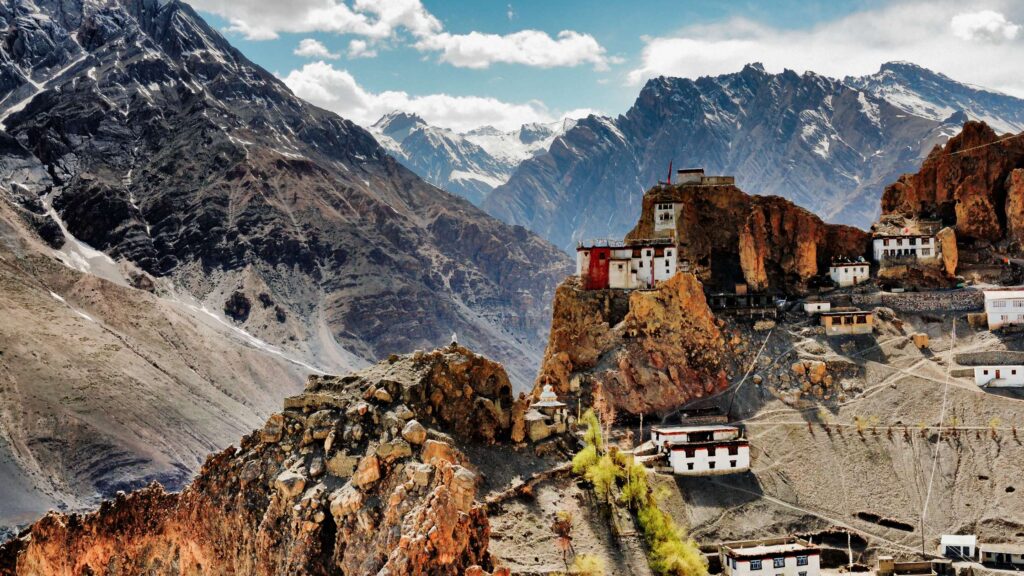
- Monsoon (July–September): Traveling during this period can be challenging due to heavy rainfall and the risk of landslides.
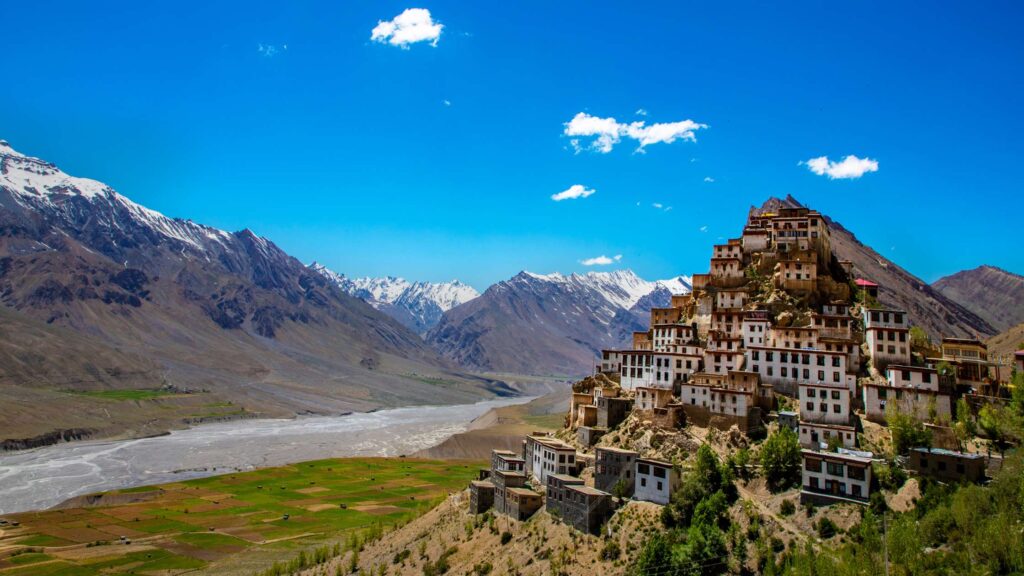
- Autumn (October–November): The skies are clear, making it the perfect season for photography and breathtaking views.
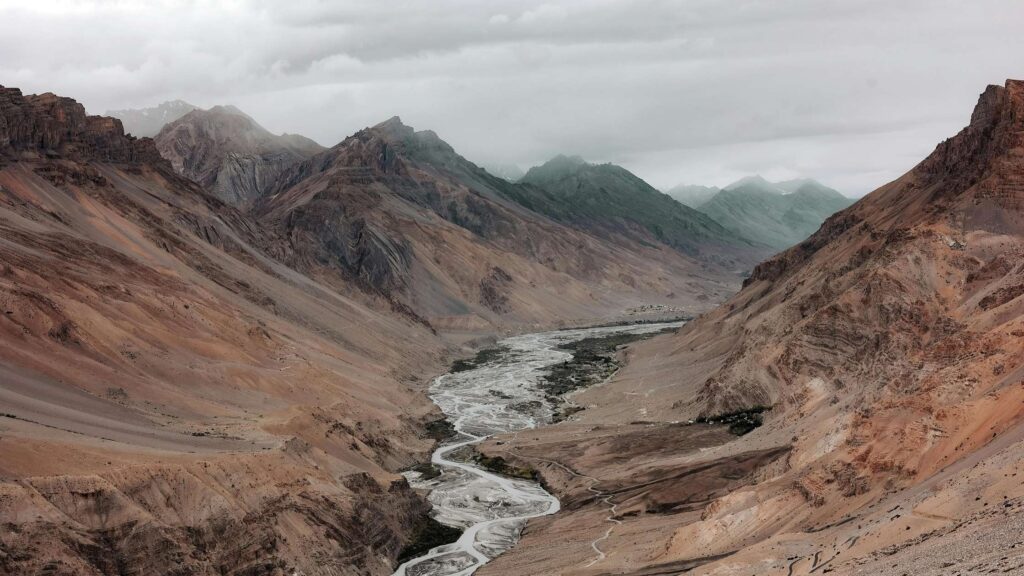
- Winter (December–April): Spiti remains snow-covered with extreme cold, making travel difficult but offering a unique winter experience.
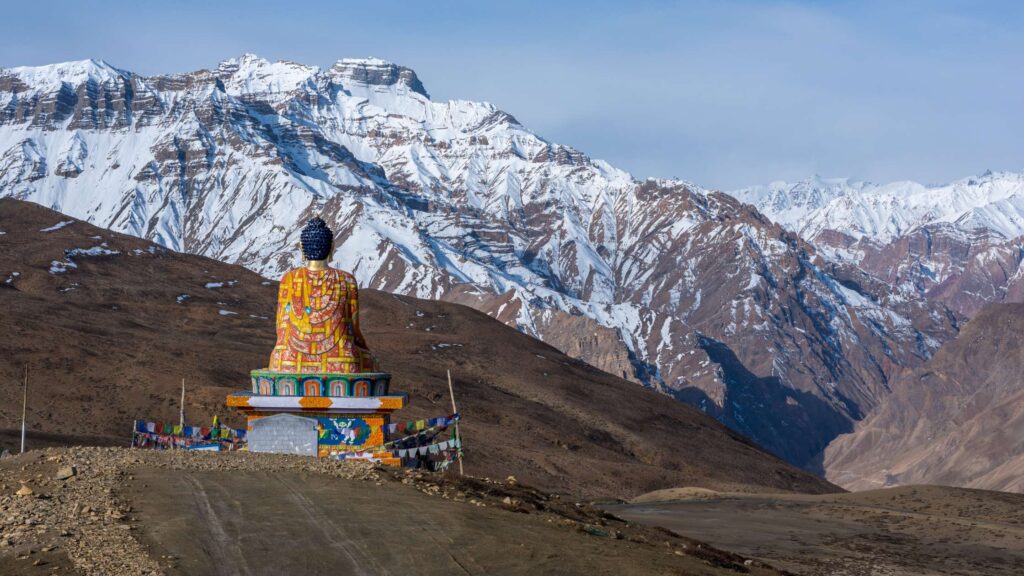
Detailed Spiti Circuit Itinerary (7-10 Days)
If you’re planning a Spiti Circuit road trip, here’s a well-paced 7–10 day itinerary that covers the best of Spiti, with a mix of scenic drives, ancient monasteries, and high-altitude villages.
Day 1: Shimla to Sarahan/Rampur – Start Slow for Acclimatization
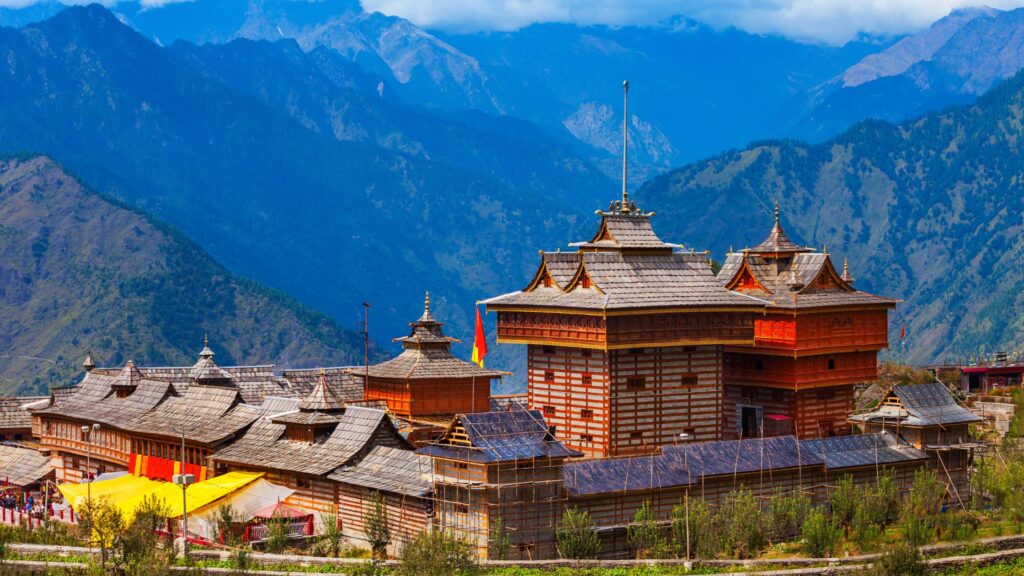
Start your journey from Shimla and drive to Sarahan or Rampur. This slow start helps your body adjust to the rising altitude. At Sarahan, visit the famous Bhimakali Temple, or stay in Rampur for a more convenient stop.
Day 2: Sarahan to Chitkul – India’s Last Village
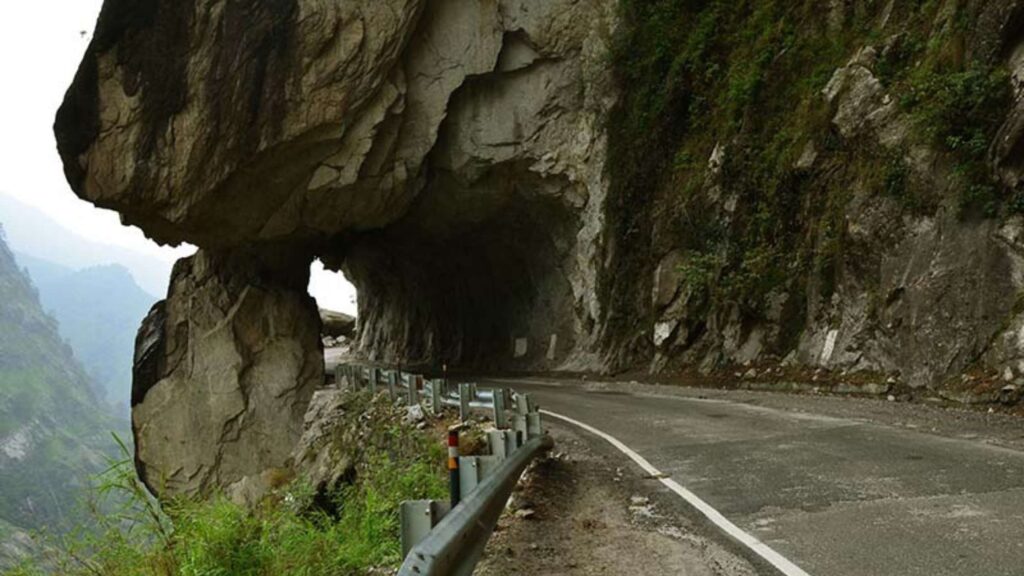
Drive to Chitkul, the last village before the Indo-Tibetan border. This peaceful village sits along the Baspa River and offers stunning mountain views. It’s a great place to relax and enjoy the fresh air.
Day 3: Chitkul to Kalpa – Stunning Kinnaur Views
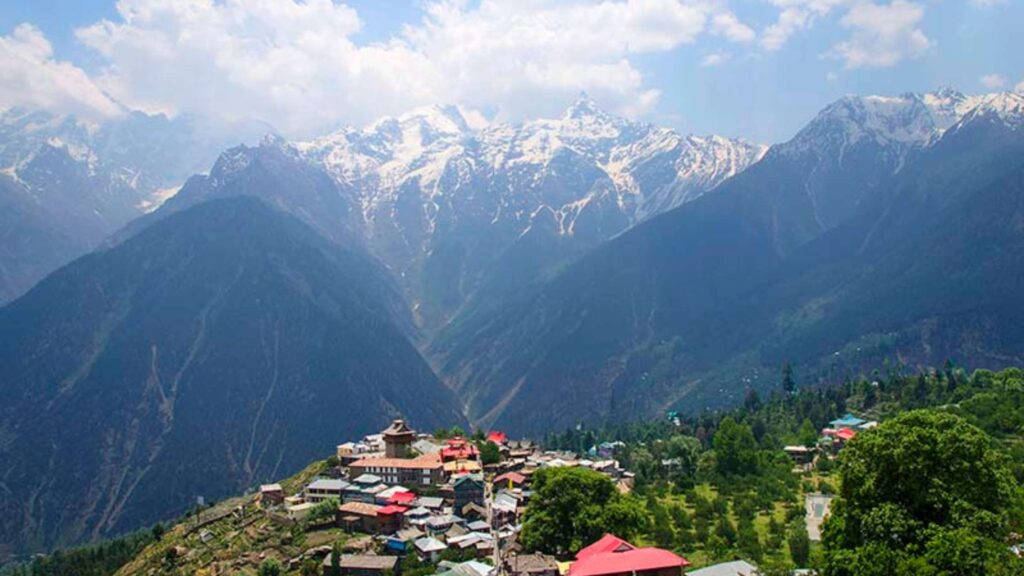
Head to Kalpa, known for its beautiful views of the Kinner Kailash range. Explore apple orchards, visit the Narayan-Nagini Temple, and enjoy a sunset over the snow-covered peaks.
Day 4: Kalpa to Nako & Tabo – Monasteries & Ancient Caves
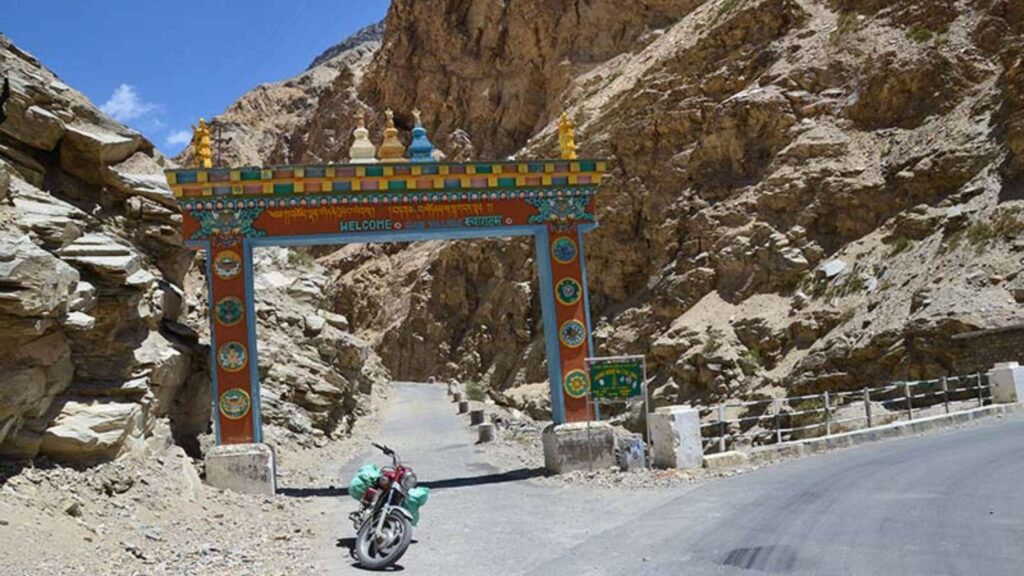
Drive to Nako, a small village with a calm lake and mountain scenery. Continue to Tabo, home to the 1,000-year-old Tabo Monastery. The monastery is famous for its ancient murals and meditation caves.
Day 5: Tabo to Kaza – Via Dhankar Monastery & Pin Valley
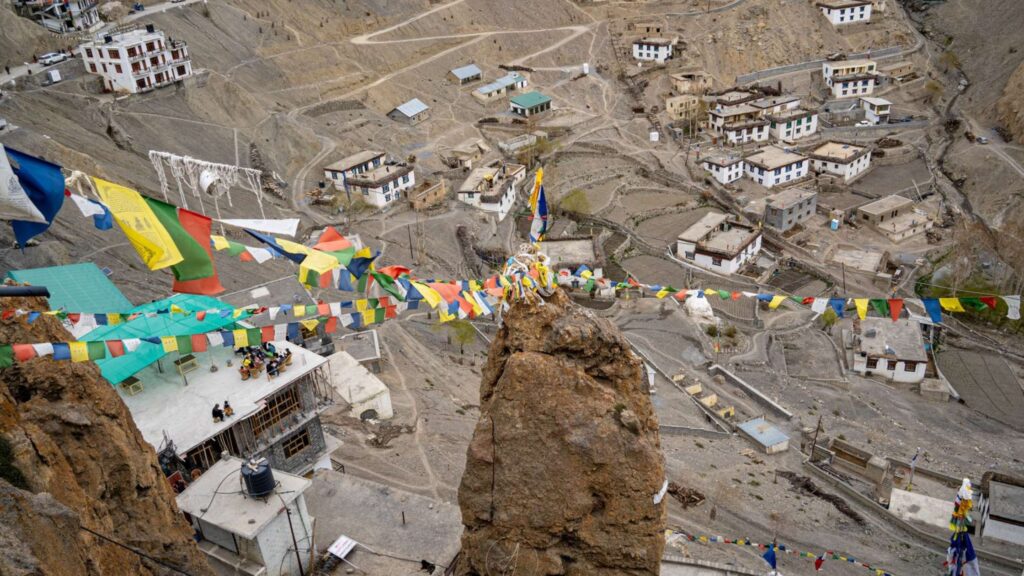
Travel to Kaza, the main town of Spiti. On the way, visit Dhankar Monastery. It is built on a cliff and offers amazing views. You can also explore Pin Valley, known for its unique plants and rare wildlife.
Day 6: Kaza – Explore Hikkim, Komic, Langza
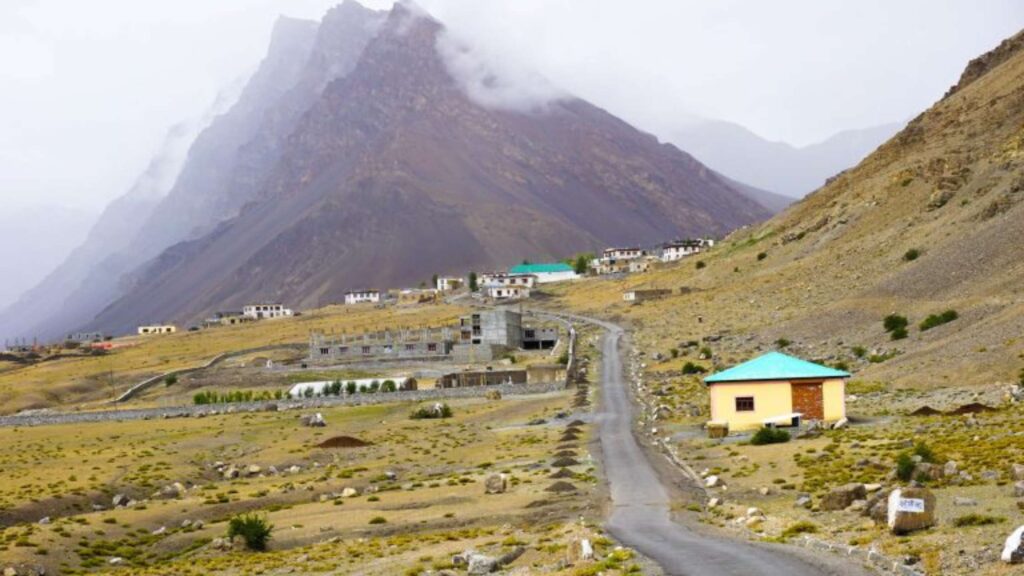
Spend the day visiting nearby villages. Hikkim has the world’s highest post office. Komic is the highest motorable village. Langza is known for its giant Buddha statue and ancient fossils.
Day 7: Kaza to Chandratal Lake – Camping Under the Stars
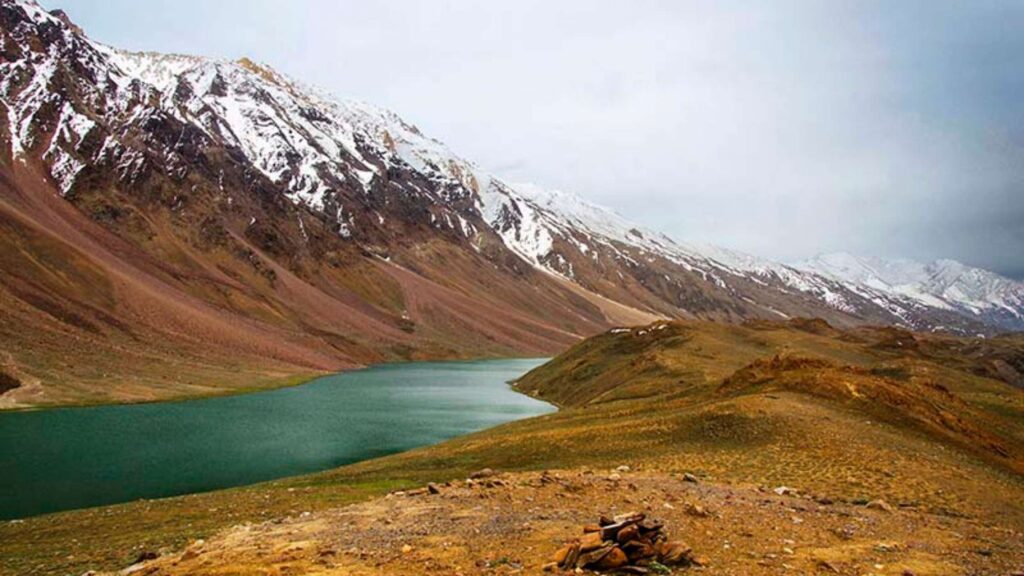
Drive to Chandratal Lake, crossing Kunzum Pass. The lake, shaped like a crescent moon, is one of the most beautiful spots in Spiti. Stay overnight in a campsite and enjoy the starry sky.
Day 8: Chandratal to Manali via Kunzum Pass
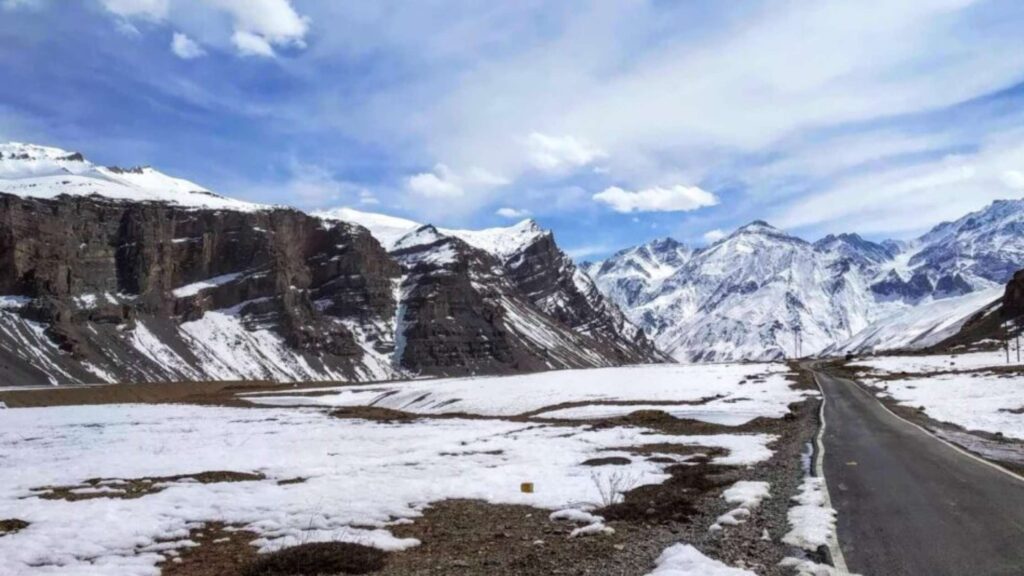
Start early and drive back to Manali. The route crosses Kunzum Pass and offers breathtaking views. This marks the end of your Spiti adventure.
Optional: Buffer Day in Kaza or Chandratal for Relaxation
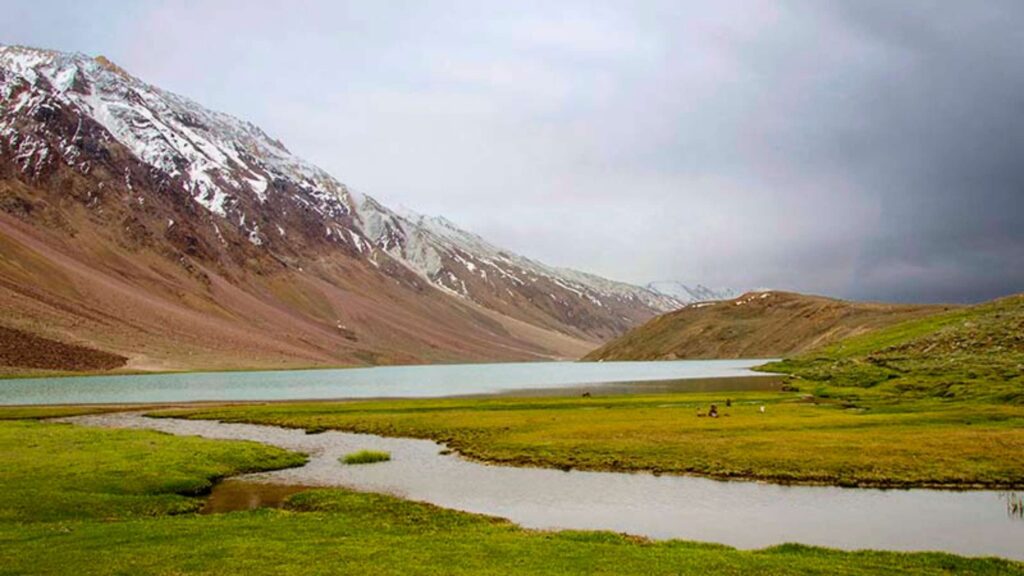
Keep an extra day to relax in Kaza or Chandratal. This buffer day is helpful if you face any road delays or want to explore more.
This plan gives you a balanced mix of adventure, culture, and stunning landscapes.
Top Attractions in Spiti Circuit
Here are some must-visit places that make this circuit truly special.
Historical & Cultural Sites
Spiti’s monasteries and historical landmarks reflect its deep Buddhist heritage and ancient traditions.
- Key Monastery

It is the largest and most iconic monastery in Spiti. It serves as a major learning center for monks and offers stunning views of the Spiti River valley.
- Dhankar Monastery
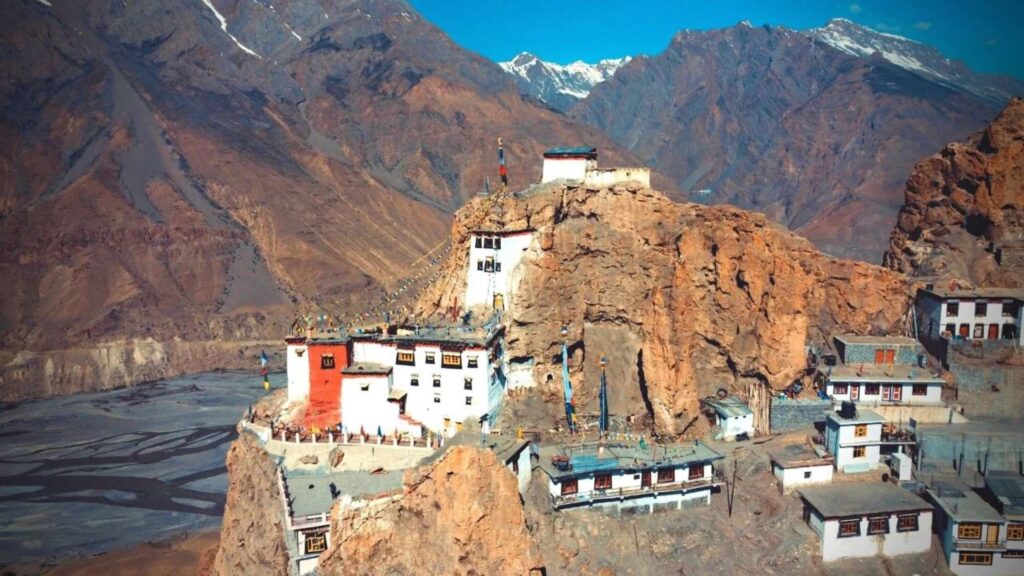
A breathtaking monastery built on a steep cliff, offering panoramic views of the Spiti and Pin Rivers. It was once the capital of Spiti and still holds immense historical significance!
- Tabo Monastery

Often called the Ajanta of the Himalayas, this over 1,000-year-old monastery is one of the oldest in India. It is famous for its ancient murals, sculptures, and meditation caves carved into the mountains.
Natural Wonders
Spiti’s dramatic landscapes include high-altitude lakes, rugged valleys, and stunning mountain scenery.
- Chandratal Lake
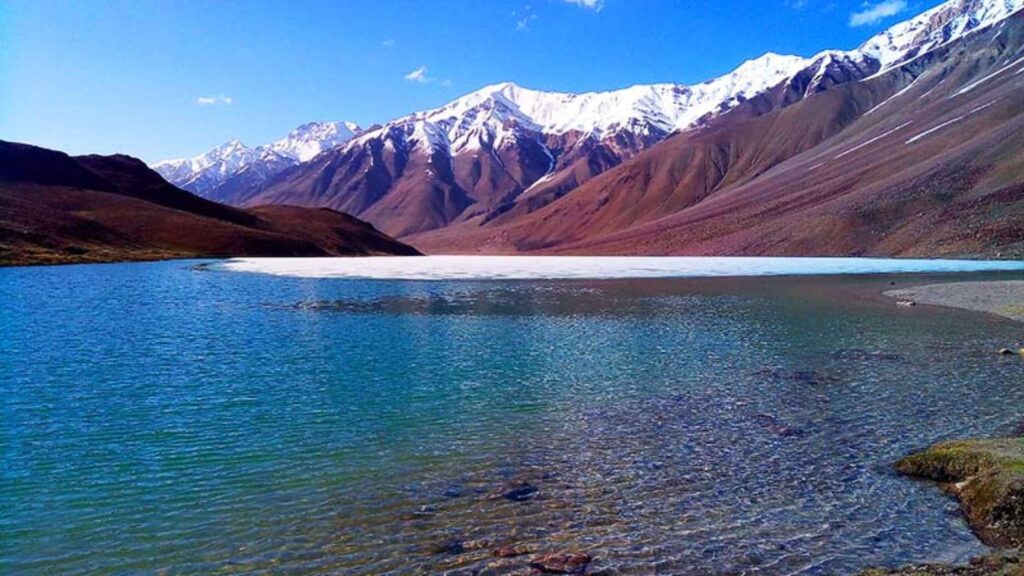
A stunning high-altitude lake shaped like a crescent moon. Its crystal-clear waters reflect the surrounding mountains, creating a picture-perfect view. Camping near the lake is a magical experience under the starry sky.
- Pin Valley National Park
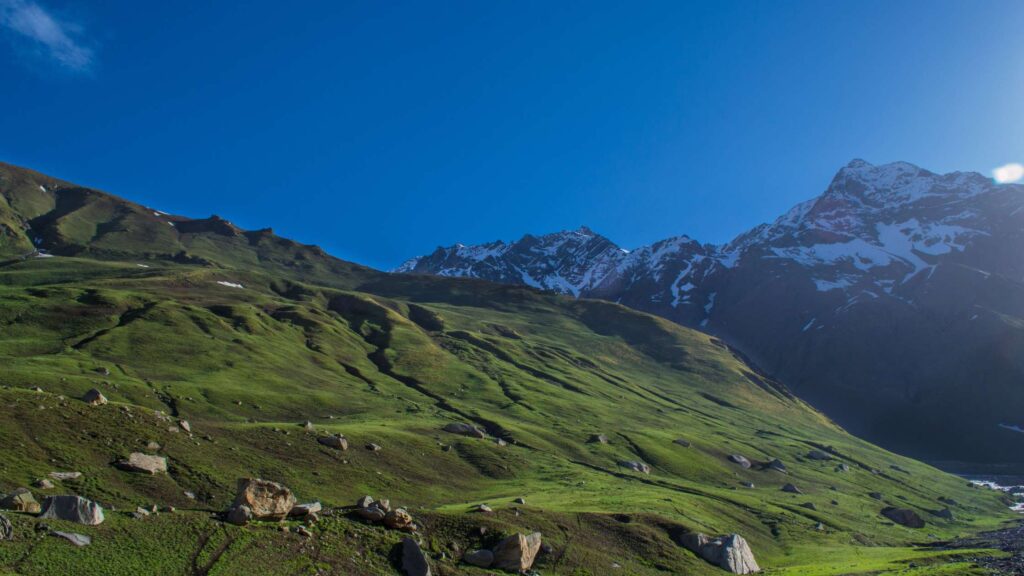
This remote valley is home to rare Himalayan wildlife, including snow leopards, ibex, and red foxes. The dramatic landscapes make it a must-visit for trekkers and photographers.
- Nako Lake
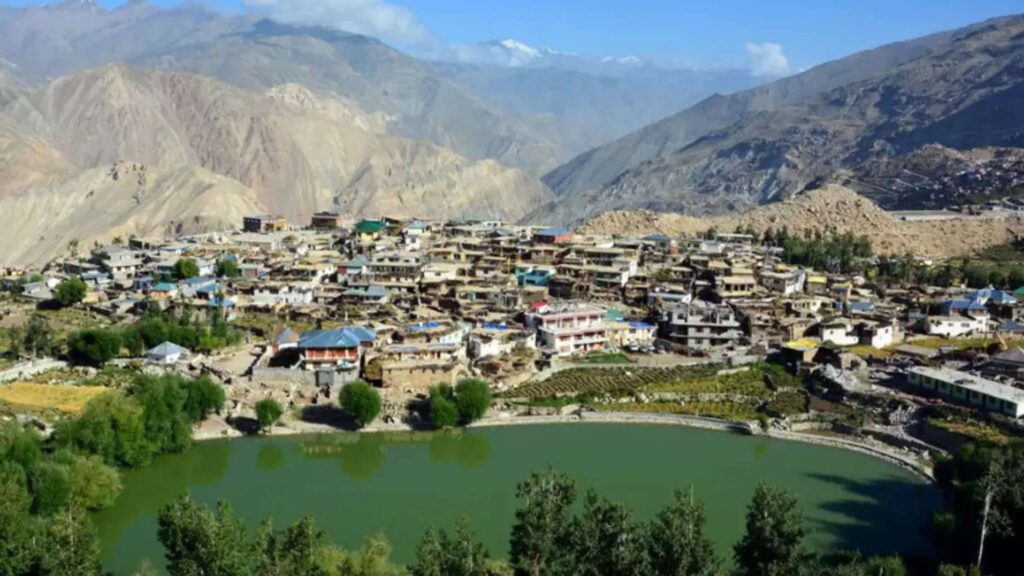
A peaceful mirror-like lake surrounded by snow-capped peaks. The small village of Nako, with its traditional houses and old monasteries, adds to its charm.
Unique Villages
These remote villages offer a glimpse into Spiti’s high-altitude lifestyle and cultural uniqueness.
- Hikkim
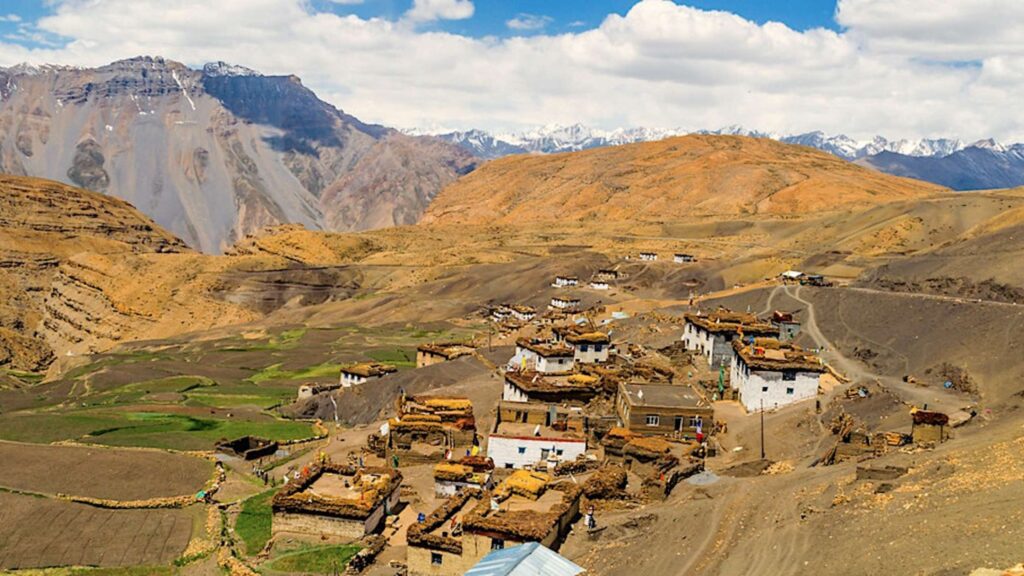
This tiny village is famous for having the world’s highest post office (4,400 meters). Sending a postcard from here is a memorable experience, as it travels from this remote village to the rest of the world.
- Komic
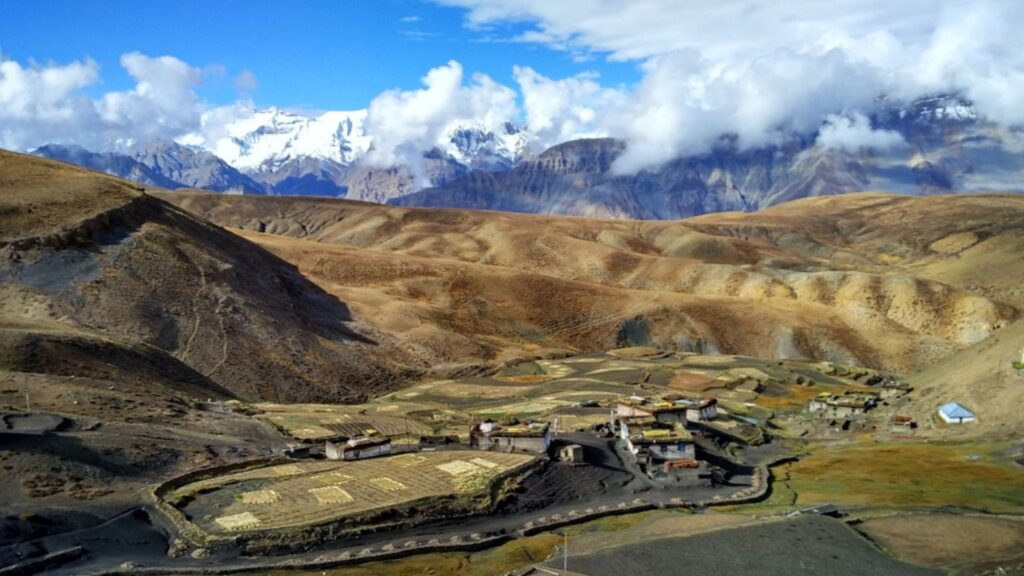
It’s the highest motorable village in the world (4,587 meters), offering breathtaking views and a peaceful monastery where time seems to slow down.
- Langza
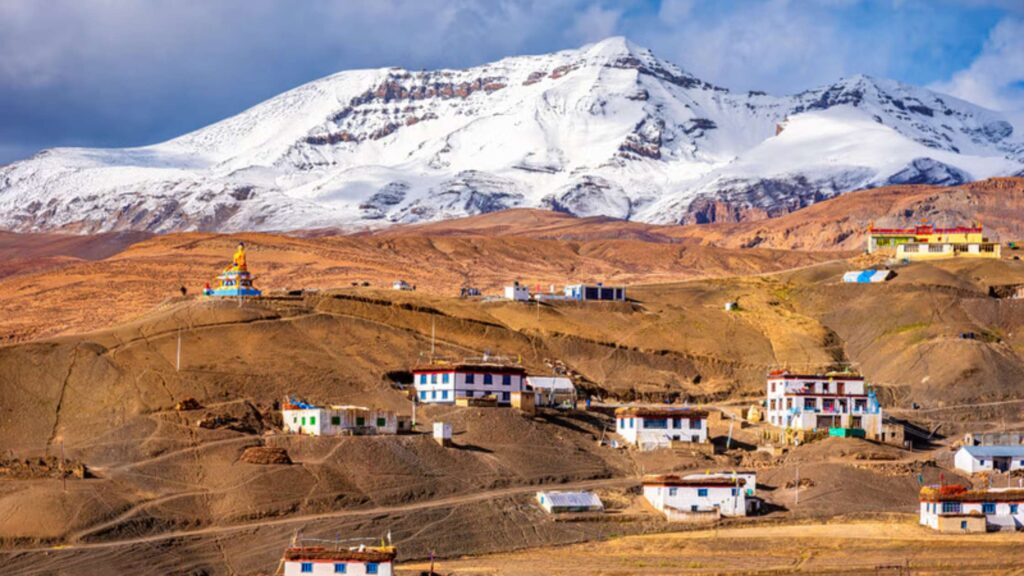
Known as the Fossil Village, Langza is famous for marine fossils from when this region was underwater millions of years ago. The giant Buddha statue overlooking the village adds to its spiritual charm.
Hidden Gems
Other than the popular spots, Spiti has some fascinating offbeat places waiting to be explored.
- Gue Mummy Village
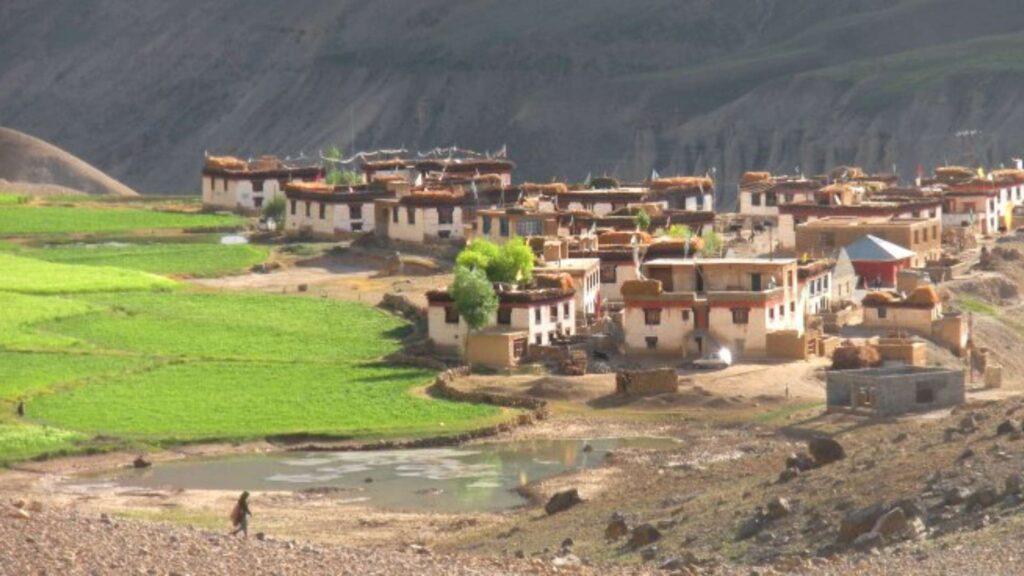
This remote village is home to a naturally preserved, 500-year-old mummy of a Buddhist monk. The well-preserved remains, believed to have undergone self-mummification, make this a fascinating historical site.
- Kibber Wildlife Sanctuary
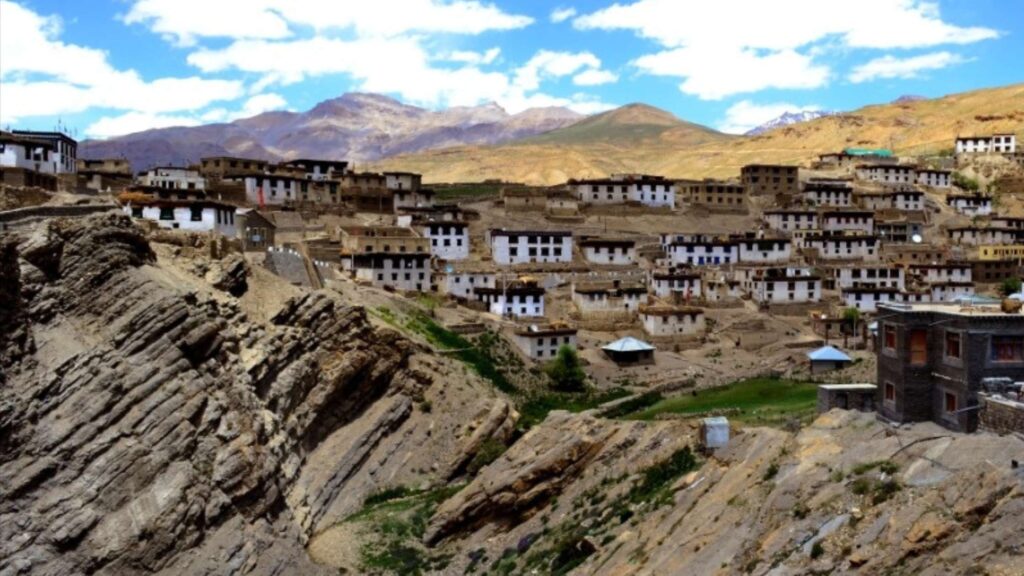
One of the highest wildlife sanctuaries in the world, this area is home to snow leopards, Himalayan wolves, and rare birds. Kibber village, located nearby, is a great base for spotting wildlife in the rugged mountains.
Essential Travel Tips for Spiti Circuit Road Trip
Here are some useful tips that can help you have a happy journey!
Permits & Documents

- If you’re an Indian, no permits are required (except for Rohtang Pass beyond Manali).
- If you’re a foreigner, Inner Line Permit (ILP) is needed for certain areas (e.g., Kaza to Reckong Peo).
- Make sure you ID proof, vehicle RC, insurance, and pollution certificate.
Fuel Availability

- Petrol pumps in Manali, Kaza, and Reckong Peo.
- Carry extra fuel if traveling via Chandratal or Pin Valley.
Network & Internet

- BSNL, Jio, and Airtel work in Kaza, but there’s no network in remote areas.
- There’s only limited mobile data, and WiFi is available in some homestays and cafes.
Food & Accommodation

- Budget homestays, hostels, dhabas cost between ₹500–₹1,500/night.
- Mid-range guesthouses, small hotels are ₹1,500–₹3,000/night on an average.
- Luxury resorts cost around ₹3,000+ per night.
Altitude Sickness & AMS Prevention
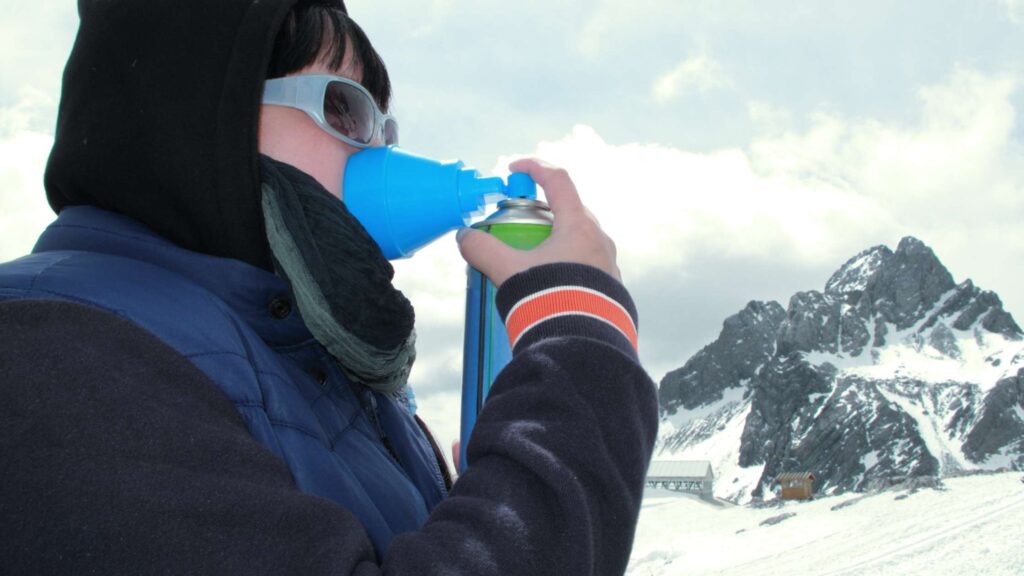
- Acclimatize in Manali or Shimla before ascending.
- Stay hydrated, avoid alcohol, and carry Diamox if needed.
Season-wise Packing Guide

- During summer, carry light woolens, sunscreen, sunglasses.
- For winter, Heavy woolens, snow gear, thermals, insulated boots work best.
- Carry essential items like power bank, flashlight, basic medicines, and reusable water bottle, among other items you may need on a day-to-day basis.
Budget Breakdown for Spiti Circuit Trip
The total budget for a Spiti circuit trip varies between ₹10,000–₹25,000 per person, depending on the mode of travel and stay preferences.
Estimated Cost for Fuel, Stay, Food, & Permits
- Fuel Costs

A bike trip costs around ₹5,000–₹8,000, while a car trip can cost ₹8,000–₹12,000 for fuel.
- Accommodation Cost

Budget stays like hostels and homestays range from ₹500–₹1,500 per night, while mid-range hotels cost ₹1,500–₹3,500 per night.
- Food Costs

Local dhabas and small restaurants charge ₹200–₹500 per meal, while cafes and high-end restaurants may charge more.
- Permit Costs

Indian travelers do not require permits except for Rohtang Pass, while foreign nationals need an Inner Line Permit (₹500–₹1,500).
Budget Travel Tips for Backpackers
- Traveling in a group helps in splitting fuel, stay, and taxi costs, making the trip more affordable.
- Prefer public transport or shared taxis as it is a budget-friendly way to explore Spiti.
- Stay in monasteries or local homestays because it is cheaper and offers an authentic experience.
Cost-Saving Hacks for a Pocket-Friendly Trip
- Travel in the off-season (April–May or September–October) to get cheaper stays and fewer tourists.
- Book accommodations in advance to get better rates, especially in peak season.
- Refuel in major towns like Manali, Kaza, or Reckong Peo to avoid paying extra for fuel in remote areas.
Challenges & Safety Tips for Spiti Circuit
Spiti’s rugged terrain, unpredictable weather, and high altitude can make the journey challenging. You are a few challenges you need to be prepared for and some effect tips to tackle the same.
Roadblocks & Landslides – How to Plan for Unexpected Delays
Landslides and roadblocks are common in Spiti, especially during the monsoon (July–August) and early winter.
The Shimla–Kaza route is more stable, but the Manali–Kaza road sees frequent landslides and river crossings that can temporarily halt travel.
For instance, if the Rohtang Pass or Kunzum Pass is blocked, travelers might have to wait several days for it to reopen.
To avoid getting stranded, always have buffer days in your itinerary. Carry extra food, water, and warm clothing in case you need to wait for roads to clear. Also check weather forecasts and local updates before traveling. It can help you plan better.
Emergency Medical Facilities in Spiti
Medical facilities in Spiti are limited, with the main hospital located in Kaza. There are small health centers in Tabo and Reckong Peo. However, for serious emergencies, evacuation to Shimla or Manali may be required.
AMS (Acute Mountain Sickness) is a common issue due to high altitude. So acclimatize properly and carry medicine as prescribed by your physician.
If you experience dizziness, nausea, or breathlessness, descend immediately. It’s also a good idea to carry basic medicines for fever, stomach issues, and altitude sickness, as pharmacies are scarce.
Travel Insurance – Why You Need It for a Spiti Trip
Travel insurance is highly recommended for Spiti due to its challenging terrain and unpredictable conditions. It covers medical emergencies, trip cancellations, and vehicle damage in case of accidents or landslides.
If you’re riding a bike or driving a rental car, insurance can save you from hefty repair costs in case of breakdowns.
For example, many bikers on the Manali–Kaza route face accidents due to slippery roads, and insurance can help cover hospital bills. Choose a policy that includes high-altitude rescue and medical evacuation, as these services are expensive in remote areas.
Explore Spiti Without Worries, We’ve Got You Covered!
Planning a Spiti road trip can be tricky, but Manali Tour Planner makes it easy. We take care of everything, from permits, hotels, transport, to even bike rentals.
Our expert drivers know the roads well, so you can travel safely without worrying about tricky terrain. Need a customized itinerary?
We’ve got you covered, whether you’re a solo traveler, a group, or a family. We also provide real-time road updates and emergency support, so you’re never stuck. Just focus on enjoying the stunning landscapes while we handle the rest.
Frequently Asked Questions (FAQs)
Which route is better for the Spiti Circuit, from Shimla or Manali?
The Shimla route elevates slowly, so your body gets time to adjust to the high altitude, making it easier to travel. The Manali route is shorter but has steep climbs and water crossings, which can be tough, especially for beginners. The best option is to enter from Shimla and exit via Manali, so you get a smooth start and an adventurous return.
How many days are enough for a Spiti Circuit trip?
A 7–10 day trip is ideal for exploring Spiti at a relaxed pace. A 5–6 day trip is possible if you’re looking to cover only key places like Kaza and Chandratal.
Do I need any permits for Spiti Valley?
Indians don’t need a permit except for Rohtang Pass. Foreigners require an Inner Line Permit (ILP) for certain areas like Kaza to Reckong Peo.
What is the best time for a Spiti Circuit road trip?
May to October is the best time for open roads and pleasant weather. March to April offers snow views but with road closures. Winter travel is extreme and not recommended for beginners.
Are there fuel stations available on the Spiti Circuit?
Fuel stations are available in Manali, Reckong Peo, and Kaza. Carry extra fuel if you’re planning to visit remote areas like Chandratal and Pin Valley.
